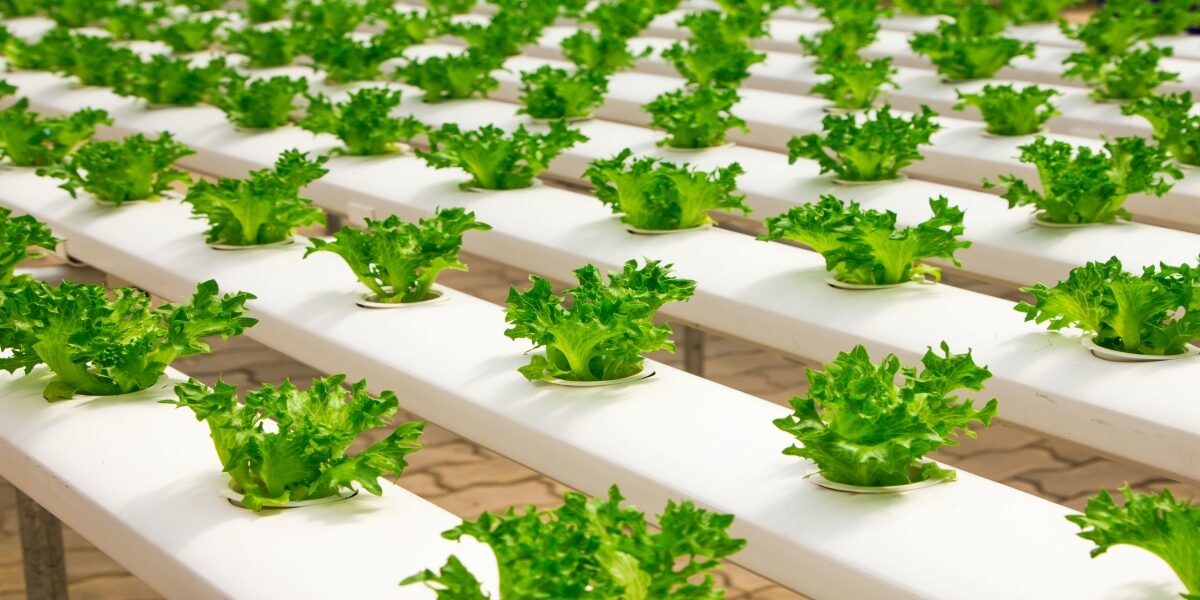
- Categories: Hydroponics
subset of hydroculture which involves growing plants, usually crops or medicinal plants, without soil, by using water-based mineral nutrient solutions in aqueous solvents. Terrestrial or aquatic plants may grow with their roots exposed to the nutritious liquid or in addition, the roots may be mechanically supported by an inert medium such as perlite, gravel, or other substrates.
Despite inert media, roots can cause changes of the rhizosphere pH and root exudates can affect rhizosphere biology and physiological balance of the nutrient solution by secondary metabolites. Trants grown hydroponically allow the release of pharmaceutical proteins as part of the root exudate into the hydroponic medium.
Hydroponics offers many advantages, notably a decrease in water usage in agriculture. To grow 1 kilogram (2.2 lb) of tomatoes using intensive farming methods requires 214 liters. The nutrients used in hydroponic systems can come from many different organic or inorganic sources, including fish excrement, duck manure, purchased chemical fertilizers, or artificial nutrient solutions.

